How to – avoid punctures

The dreaded puncture is the most frustrating aspect of cycling for many a bike rider . I was asked today if there is anything that can be done to help avoid getting one . The simple answer is , yes there are a number of things any cyclist can do to reduce the chance of puncturing , and here they are ;
1 : Pump your tyres – Every cyclist should have a track pump and should use it once a week to check the pressure in their tyres . The minimum pressure for a clincher tyre is 6 Bar or 85 psi whilst the maximum is 8 Bar or 120 psi . On very rough surfaces a lower pressure will have a cushioning effect but the trade-off is a slightly higher chance of a pinch flat ( Last year in the Paris Roubaix sportif Sean Kelly told us to ride 6.5 Bar in the back and 6 Bar on front – we had just one puncture between all of us for the day ). On very smooth surfaces a higher pressure will roll better and faster . Heavier riders should have slightly more pressure . In winter or in wet weather the pressure should be reduced slightly to give a little more grip . In general 7 Bar or 100 psi is a good guide if you are unsure .
2 : Watch the road – A pothole , a stone , broken glass or piece of metal . All of these can be avoided 90% of the time if you are looking out for them . If you are in a group it is very important to point them out to the riders behind you . A pothole or a stone will often cause a pinch flat which will go down immediately whilst a piece of glass or metal may take a while to work its way into the tube .
3 : Use good tyres – It is irresponsible to go out with a group of cyclists with poor tyres . I have seen guys heading out for 5 hour group training spins with the canvas showing through the tyre . I have changed tyres on the Sean Kelly Tour every year with the canvas showing . Very often the response given is that ‘I was trying to get the last bit out of them’ . In the first case there is nothing worse than having the whole group being forced to stop or ride up and down the road while waiting for someone to change a tube that will sure as anything be flat again later in the spin . In the second case , imagine training all year for an event or a race and wasting it all by using tyres that are not fit for purpose . There is also the safety aspect . It is unfair on your fellow cyclists to ride in a group with poor tyres that have an increased chance of slipping on a wet corner .
4 : Check your tyres : Once a week I go around my tyres with a scribe ( a very small screwdriver or a heavy pin would work too ) . I check for any piece of glass or flint and remove it . Then I fill the small hole left behind with patch solution, that you’ll find in every puncture repair kit . It always amazes me how many guys racing don’t bother to do this .
What tyres to use :
I don’t subscribe to the view that any cheap tyres will do for winter training . I want good tyres with good grip that I can trust , especially if I am going to be doing big miles on bad roads . Usually the price difference between a cheap tyre and a good one is the price of 2 tubes . This saving is cancelled out after 2 punctures . A crash on wet roads may cost a whole lot more .
Tyres can be a personal thing . Some will swear by the gripping power of slick tyres like the Michelin Pro race 3 or the Schwalbe Ultremo R whilst others want a bit of thread like the Vittoria Open Corsa or the Vredestein Fortezza . The most popular tyre we sell in the shop is the Continental GP4000S in black . The black tyres are grippier as there is no dye used to add colour . The Vittoria Diamante or Rubinio pro are slightly cheaper and are good all round tyres too .
For very bad roads in poor conditions the Schwalbe Marathon or Specialized Armadillo are a good choice as are the Continental Gatorskins .
Good quality rim tape is also a must although the chances of a protruding spoke nicking the tube are a lot less with the factory built wheels that are so popular nowadays . The Mavic Open Pro style rim should be checked if persistent puncturing is occurring without ant other obvious causes .
Tubeless tyres have a reduced chance of puncturing as do tubulars , but if you stick to all of the above you should not have too many problems .
Barry

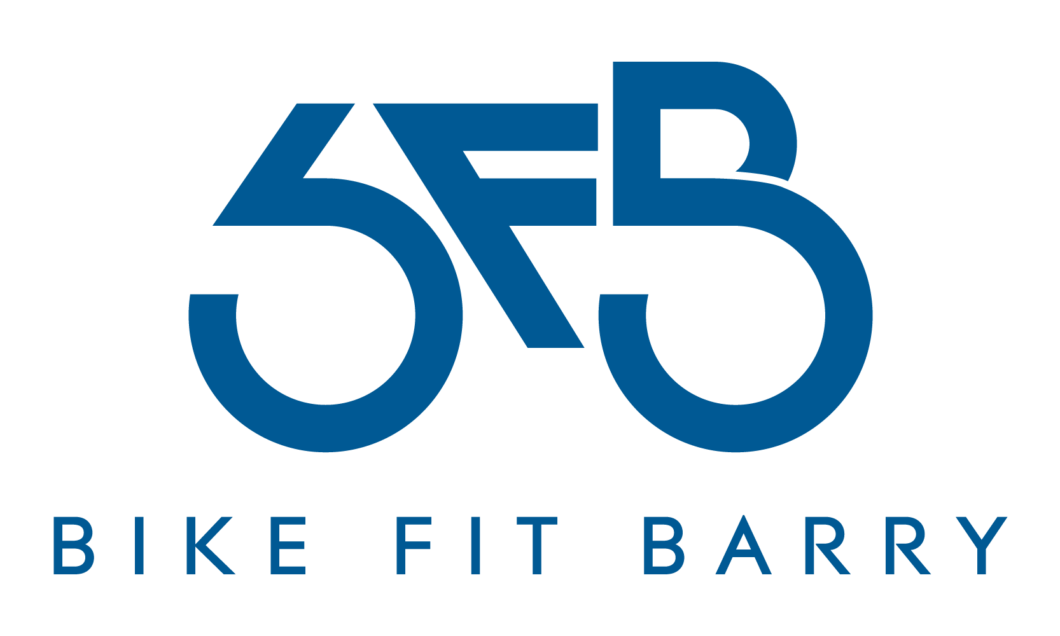
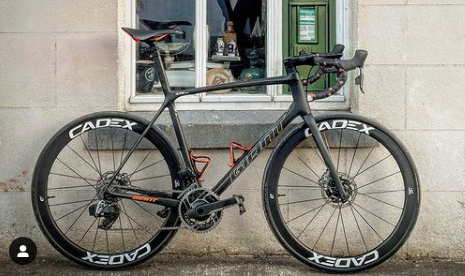


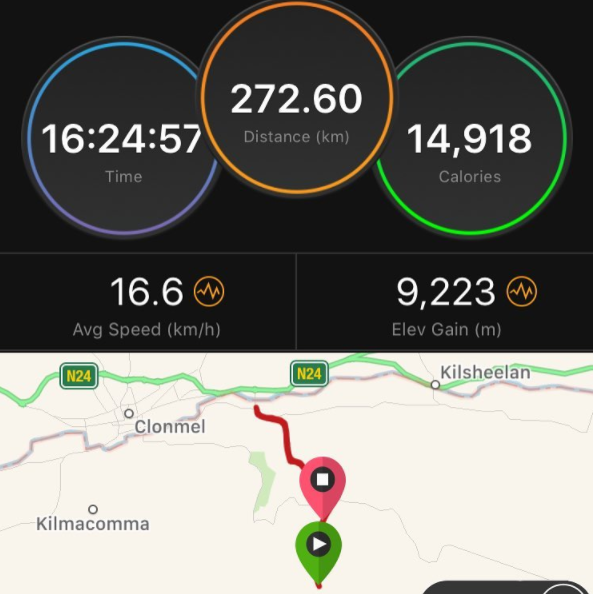
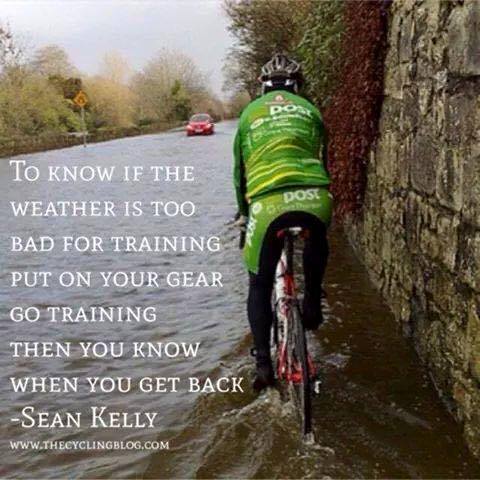
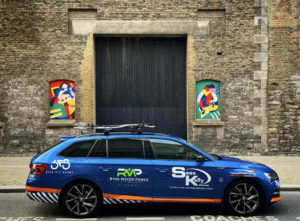
1 COMMENT
Chris Lamle
Barry, I went out for a ride a couple of days ago and the bike was just fine when I got back. This morning I’m all set to go and find the bike has 2, yes 2 punctures!!! I am beginning to suspect mice, or maybe the wife had let the tyres down overnight.
I would have known about it on the bike if it had happened the other day, as neither tyre will take any air now. Just blows straight out. Checked the inside of both tyres for any glass/thorns, nada.